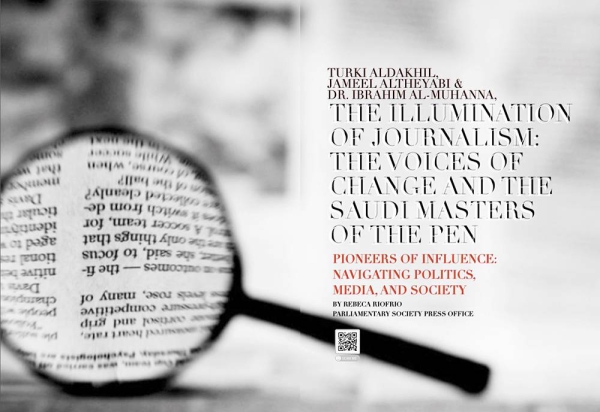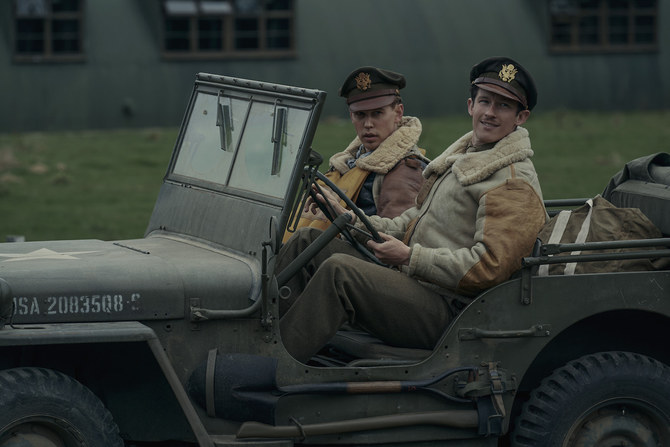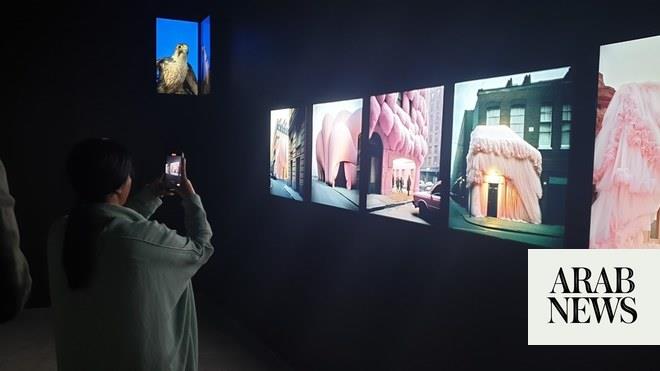
Cigarette in one hand, paintbrush in the other: David Hockney’s latest self-portrait is as original as ever. He wears a suit of three-colour tweed, what’s more, just to complicate the depiction of the material world. The picture hangs at the door of Hockney’s Eye at the Fitzwilliam Museum, Cambridge, and it is the wittiest of welcomes. For only one eye is clearly visible behind a pair of jaunty yellow specs.
Hockney will be 85 in July and this feels like an early celebration, a party to which all ages are welcome. Its theme – and Hockney’s enduring obsession – is the great conundrum of how to represent the three-dimensional world in two dimensions. It runs all the way from shadows and silhouettes to vanishing points, linear perspective and the infinite calculus of dots, dabs, lines, colours, tones and hues that make up an image. And that is before his theories about optical devices.
Paintings and drawings by Hockney are interspersed with the Fitzwilliam’s old masters; they also overflow into the Heong Gallery at nearby Downing College. Actual devices, antique and modern, are also included. Anyone who wants to know the exact difference between the camera obscura and the camera lucida, for instance, will be very clear (so to speak) by the end. A real camera obscura has even been created in a tent on the Fitzwilliam lawn, turning the sights of Cambridge upside down.
The Hockneys are presented through the galleries in various ways. Here is a standalone acrylic of a beach brolly casting shadows on the sand, shadows more dramatic and colourful than the umbrella’s stripes. It isolates the lessons of impressionism. A mesmerising multiscreen road movie through the winter woods of Hockney’s native Yorkshire appears alongside a snow scene by Camille Pissarro, each concerned in part with the colours of snow and the way it adheres to the skeleton of bare trees.
Appearing among the Dutch golden age paintings are some of Hockney’s recent iPad drawings of flowers. The Dutch still lifes of roses and fritillaries might not have the glow of backlit animation, of course, unlike Hockney’s garish blossoms, ceaselessly morphing through his games with graphic notation on digital screens. But the idea is that all the artists in this gallery are doing the same thing, giving lasting life to nature’s ephemeral blooms. Ars longa, vita brevis, whatever the era.
The National Gallery has lent one of its greatest Dutch paintings for this show: Meindert Hobbema’s The Avenue at Middelharnis. Two lines of towering trees zoom towards a distant vanishing point beneath high Dutch skies. It is a lightning strike of geometry, symmetry and sheer verticality, dizzying to behold.
Hockney takes it all apart, alongside, in a deconstruction that opens out the skies and surrounding landscape into hexagonal flaps (think of the flattening out of a cardboard box). His painting is called After Hobbema (Useful Knowledge) and that subtitle goes straight to the point; he is analysing the ways in which Hobbema orders the way we see the scene in his masterpiece.
Quite apart from its weird shape, Hockney’s diagram is worked in his familiar palette of hot pink, burning orange and lime green. You could hardly call it reprise or emulation.
Green marks a path through the galleries. Wherever you see a bright burst, on panel or wall, there you will find a Hockney. And there are more at the Heong Gallery, including photographic collages, computer drawings and one of his vast eye-popping acrylics of the Grand Canyon. Technology has always been Hockney’s metier, from Polaroid, fax and photocopy to computer and iPad; it would be hard to think of another artist who has been more versatile with his media. And Hockney has for decades argued that it was the same for his predecessors.
How did Jean-Auguste-Dominque Ingres achieve such stupendous accuracy of likeness in his one-hour pencil portraits, for instance? By using a camera lucida, according to Hockney. You can see one of these devices for projecting images onto paper in the Fitzwilliam show; and you can see Ingres’s portraits alongside others by Hockney, in which he deliberately uses this device. The agility of Ingres’s draughtsmanship amazes, the line so lithe and spare in all its descriptive acuity; and it is the same with the Hockneys.
But scepticism about the camera lucida theory – no such aid was found among Ingres’s possessions, nobody mentions seeing him use one – has a pleasing corollary in the images themselves. Ingres is superbly consistent; Hockney is not. His drawings of Alan Bennett, Ian McKellen and other members of the national treasury are remarkably varied, ranging all the way from old master virtuosity to near cartoon. It is not the technology, nor even the eye, but the mind itself that determines the art.
This point is beautifully made in a group of glass cases that includes John Sell Cotman’s perspective drawings for teaching students at King’s College London in the 1830s. They are instructively concise, all angles and lines, yet each is breaking into a kind of ethereal equipoise closer to mystery. And William Blake’s spectacles – the glass touchingly dirty on the right lens, perhaps where his hand habitually went to remove them – are of course optical devices like all the others in the exhibition. But next to these glasses lie Blake’s mystical inner visions, as remote from Hockney’s eyeballing theories as can be. This sequence forms a captivating show within the show.
Of course Hockney is alive to all this. His visual presence in the museum feels sociable and affectionate, rather than competitive. Which is just as well, since his recent responses to Fra Angelico, for instance, are wilfully reductive and gaudy, more interested in architecture than human souls. He wishes we would look harder at other people’s faces, claims that the camera made us shadow-conscious, jokes that his iPad drawings at least keep the flowers fresh. There is a touch of as-told-to conversation in the captions.
Obviously this is a Hockney retrospective by other means, no matter how dispersed through the museum and nearby gallery. Portraits in pencil, paint and stylus, landscapes of Yorkshire, France and Colorado, Californian sketches from the 1960s and 1970s of dazzling facility: all are set forth beside the old masters. Whether they help you see the art of the past in a new or different way, from Hobbema to Nicolas Poussin and Claude Monet onwards, is debatable; though you will undoubtedly learn more about how art is made from Hockney’s perspective. But debate is actively encouraged. That is the ultimate joy of Hockney’s Eye, arguing with his propositions while looking again and again at the Fitzwilliam Museum’s magnificent collection of art.
Hockney’s Eye: The Art and Depiction of Technology is at the Fitzwilliam Museum, Cambridge, until 29 August












